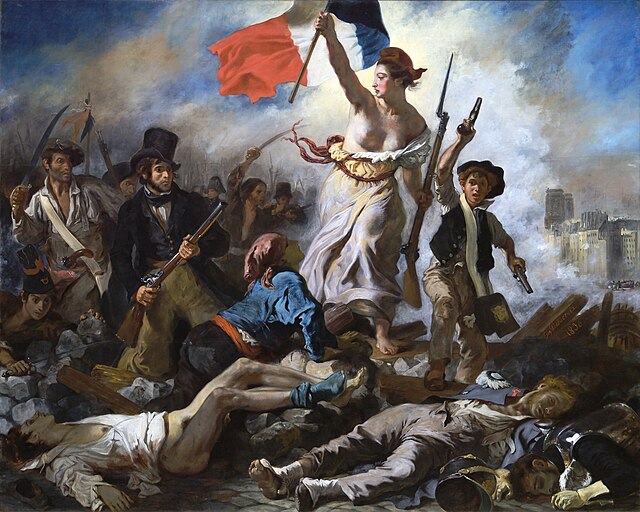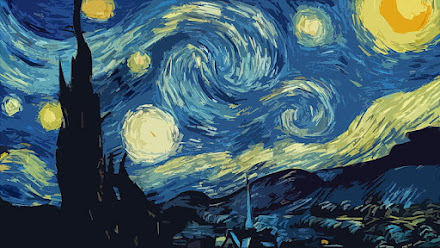Exploring the Power of Change in the 1700s
Exploring the Power of Change in the 1700s:
Art that Ignites Revolutions
Introduction
The 1700s were time filled with revolutions that shook the world. Artists were right there in the matrix using their brushes to catch the chaos, hope, and determination of people fighting for change. In this blog, I’m diving into three powerful artworks that reflect the revolutionary spirit of that time. Each piece tells its own story and makes me wonder about the sacrifices made for freedom.
Work 1: The Death of General Warren at the Battle of Bunker Hill
Trumbull’s painting shows a huge moment from the American Revolution. It's about General Joseph Warren’s brave fall at the Battle of Bunker Hill. This highlights Warren, making him the main focus in the chaos which really pulls at the emotions.
For me, this artwork help me admire those who fought for freedom. It reminds us that real people risked everything for their beliefs. I would love to have this painting in my home since I think it stands for courage and encourages us to think about our own values and sacrifices for justice.
Connection to Revolution:
Trumbull’s work captures the essence of the American fight for independence. By centering on an individual’s sacrifice, it emphasizes the personal stakes involved in the struggle for freedom. This piece not only honors the bravery of those who fought but also inspires us to reflect on our own roles in advocating for justice and equality.
Work 2: Liberty Leading the People
Delacroix’s Liberty Leading the People shows the July Revolution in France. It's the figure of Liberty waving the French flag which represents hope and the fight for freedom. The composition and bright colors attracts you in where it's making you feel part of the action.
This artwork truly inspires me. It shows the unity of different people being together for a cause. It’s a powerful reminder that revolutions are fought as a team and not just individuals. If I could see this painting up close, I would love to feel its impact and energy in a big gallery.
Connection to Revolution:
Delacroix’s work embodies the fight for freedom and equality during the French Revolution. By emphasizing the collective struggle for liberty, he shows that art can inspire real change and encourage us to think about our roles in the pursuit of justice.
Work 3: The Third of May 1808
Francisco Goya, 1814, Spain
Goya’s The Third of May 1808 presents an errie image of Spanish rebels being executed by French soldiers. The dark colors and harsh lighting create an errie atmosphere which shows the brutal reality of war. The despair on the faces of the condemned invites deep empathy.
While this painting is hard to look at, it’s actually important. It challenges us to recognize the suffering that comes with revolutions. Goya’s skill in using light and shadow to express emotion is powerful. Even though I value its historical significance, having this piece in my collection would be a heavy emotional burden.
Connection to Revolution:
Goya critiques the violence inherent in revolutions. By humanizing the victims, he makes us reflect on the true cost of freedom. This painting reminds us of the importance of empathy and understanding more of history.





I really appreciate how you organized your presentation of the art pieces. It was concise and structured, making it much easier to understand each artwork. Your insights into the revolutions were excellent, and I liked how you highlighted the significance of each piece. However, I would have loved to learn more about each artist and their contributions to these historical events. I think it was a great choice to focus on three different revolutions, as they effectively illustrate themes of victory, hope, and the complexities of human suffering and compassion which you articulated so well. Thank you for sharing!
ReplyDeleteI think you did really well with this blog post. I love the emotion in the pieces you chose, and I can definitely see why you selected them. You did an excellent job connecting the art to depictions of revolutions in your post. It’s fascinating to see the portrayals of the battles and read about the history as well. I believe the exhibit you chose was The Exhibit of Revolution and Art, and I think you portrayed it accurately with your connection to the revolution. Great job!
ReplyDelete